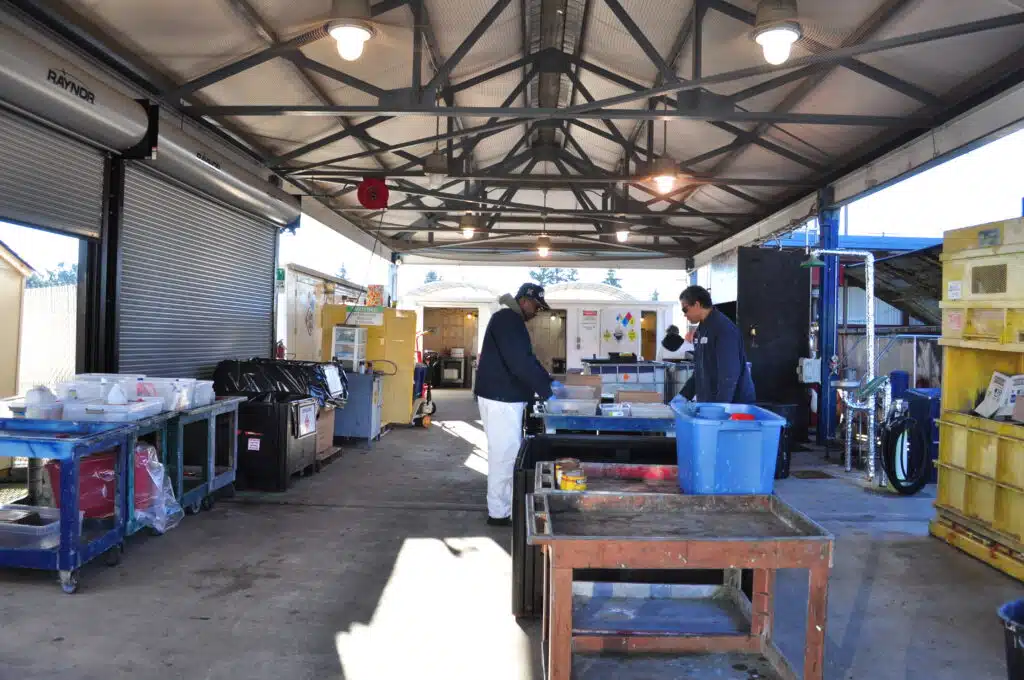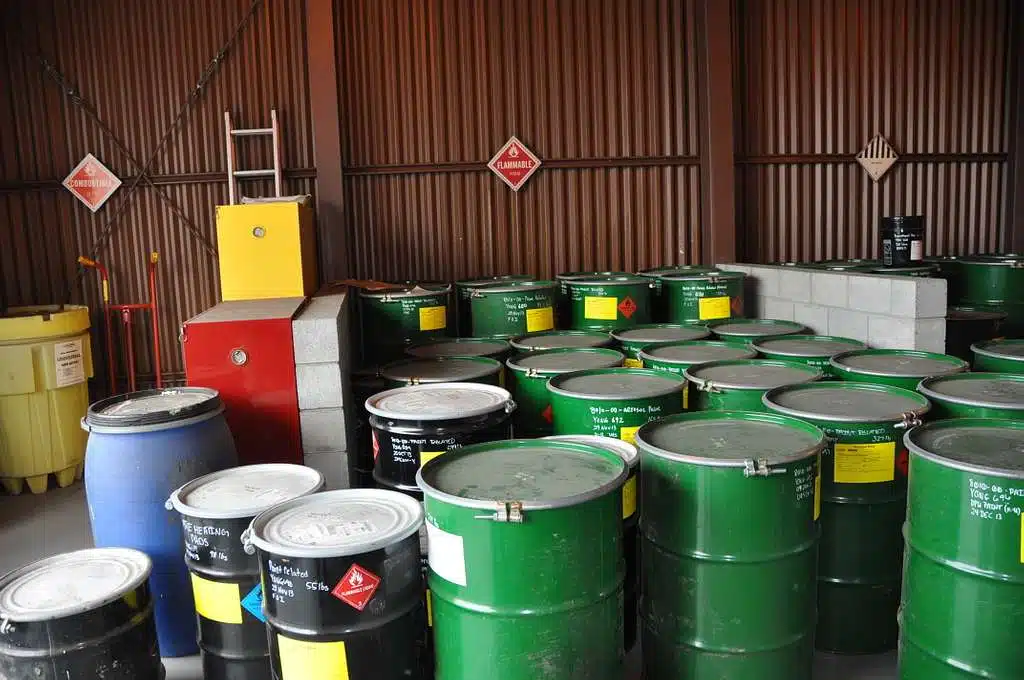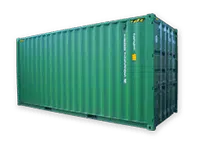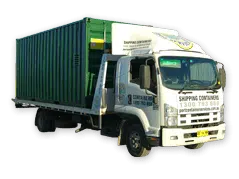Proper hazardous materials storage is essential for safety, environmental protection, and regulatory compliance. Need reliable shipping containers fast? We’ve got you covered! By understanding the risks and implementing effective storage solutions, businesses can protect their operations and workforce.
Understanding the Risks of Improper Hazardous Material Storage
Improper storage of hazardous materials can lead to severe consequences, including fires, explosions, toxic exposures, and environmental contamination. Dangerous goods, such as flammable substances and corrosive materials, require specialized storage solutions to mitigate these risks. Some common risks associated with improper storage include:
How Proper Storage Protects People and the Environment

Ensuring safe storage of hazardous chemicals is not just a regulatory requirement; it’s essential for protecting lives and the environment. Proper storage systems help in:
Three-Step Process for Safe Storage
- 1
Identify and Categorize: Assess all hazardous materials and classify them according to their risks.
- 2
Design Storage Solutions: Implement storage systems that meet relevant Australian standards, ensuring proper containment and segregation.
- 3
Regular Inspections: Conduct routine checks to ensure compliance and address any storage issues promptly.
Complying with Hazardous Material Storage Regulations
Compliance with regulations is mandatory to avoid legal penalties and ensure safety. The storage and handling of hazardous chemicals in Australia are governed by various standards, including:
Key Regulatory Requirements
Creating a Safe and Efficient Hazardous Material Storage System
An effective storage system is designed to handle the specific types of hazardous materials used in your operations. Here are some tips to create a robust storage system:
Optimizing Storage for Different Types of Hazardous Materials

Different hazardous materials require specific storage solutions. Here’s how to handle various types:
Flammable Substances
- Storage Requirements: Use flammable liquid storage cabinets that comply with AS 1940-2017 standards.
- Ventilation: Ensure cabinets are well-ventilated to prevent vapor buildup.
Corrosive Substances
- Handling: Store in corrosion-resistant containers.
- Containment: Use spill containment pallets to manage leaks.
Combustible Materials
- Storage Design: Store in fireproof cabinets and ensure proper labeling.
- Safety Measures: Keep away from heat sources and ensure easy access to firefighting equipment.
Invest in Safe and Compliant Storage
Proper storage of hazardous materials is essential for safety, compliance, and environmental protection. By adhering to relevant Australian standards, maintaining accurate safety data sheets, and implementing effective storage and handling systems, businesses can significantly reduce the risks associated with hazardous materials. Ensure you have a reliable supplier for high-quality containers that meet your specific storage needs.
Engage with Us
For more information on our range of storage solutions or to get a quote, contact us today. Port Shipping Containers offers a comprehensive selection of new, used, and customized containers with fast, reliable delivery across Australia.









